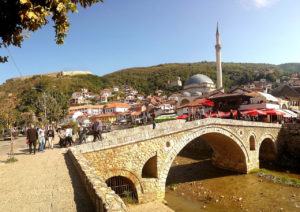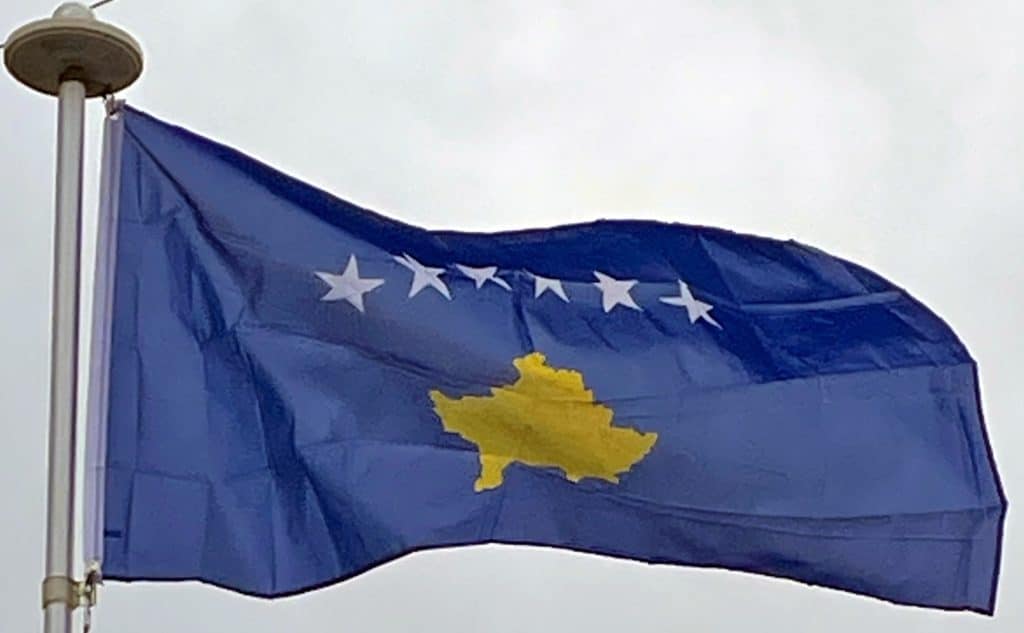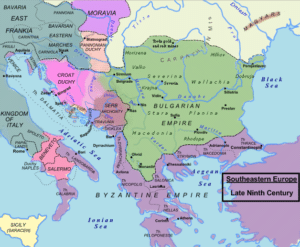
The zenith of Serbian power was reached in 1346, with the formation of the Serbian Empire(1346-1371). During the 13th and 14th centuries, Kosovo became a political, cultural and religious center of the Serbian Kingdom. In the late 13th century, the seat of the Serbian Archbishopric was moved to Peja, and rulers centered themselves between Prizren and Skopje, during which time thousands of Christian monasteries and feudal-style forts and castles were erected. When the Serbian Empire fragmented into a conglomeration of principalities in 1371, Kosovo became the hereditary land of the House of Branković. In the late 14th and the 15th centuries parts of Kosovo, the easternmost area of which was located near Pristina, were part of the Principality of Dukagjini, which was later incorporated into an anti-Ottoman federation of all Albanian principalities, the League of Lezhë.
Ottoman Rule:
In the 1389 Battle of Kosovo, Ottoman forces defeated a coalition led by Lazar Hrebeljanović. Soon after, Lazar’s son accepted Turkish nominal vassalage (as did some other Serbian principalities) and Lazar’s daughter was married to the Sultan to seal the peace. By 1459, Ottomans conquered the new Serbian capital of Smederevo, leaving Belgrade and Vojvodina under Hungarian rule until second quarter of the 16th century.
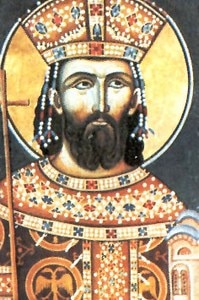
Kosovo was part of the Ottoman Empire from 1455 to 1912, at first as part of the eyalet of Rumelia, and from 1864 as a separate province (vilayet). During this time, Islam was introduced to the population. The Vilayet of Kosovo was an area much larger than today’s Kosovo with the city of Skopje (then Üsküp), as its capital.
Although initially stout opponents of the advancing Turks, Albanian chiefs ultimately came to accept the Ottomans as sovereigns. The resulting alliance facilitated the mass conversion of Albanians to Islam. Given that the Ottoman Empire’s subjects were divided along religious (rather than ethnic) lines, Islamization greatly elevated the status of Albanian chiefs. Prior to this, they were organized along simple tribal lines, living in the mountainous areas of modern Albania (from Kruje to the Šar range). Soon, they expanded into a depopulated Kosovo, as well as northwestern Macedonia, although some might have been autochthonous to the region.
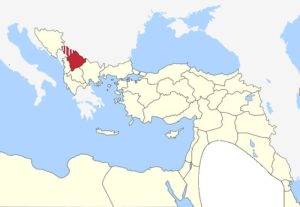
Many Albanians gained prominent positions in the Ottoman government. In the 19th century, there was an awakening of ethnic nationalism throughout the Balkans. The underlying ethnic tensions became part of a broader struggle of Christian Serbs against Muslim Albanians. The ethnic Albanian nationalism movement was centered in Kosovo. In 1878 the League of Prizren (Lidhja e Prizrenit) was formed. This was a political organization that sought to unify all the Albanians of the Ottoman Empire in a common struggle for autonomy and greater cultural rights, although they generally desired the continuation of the Ottoman Empire. The League was dis-established in 1881 but enabled the awakening of a national identity among Albanians.
